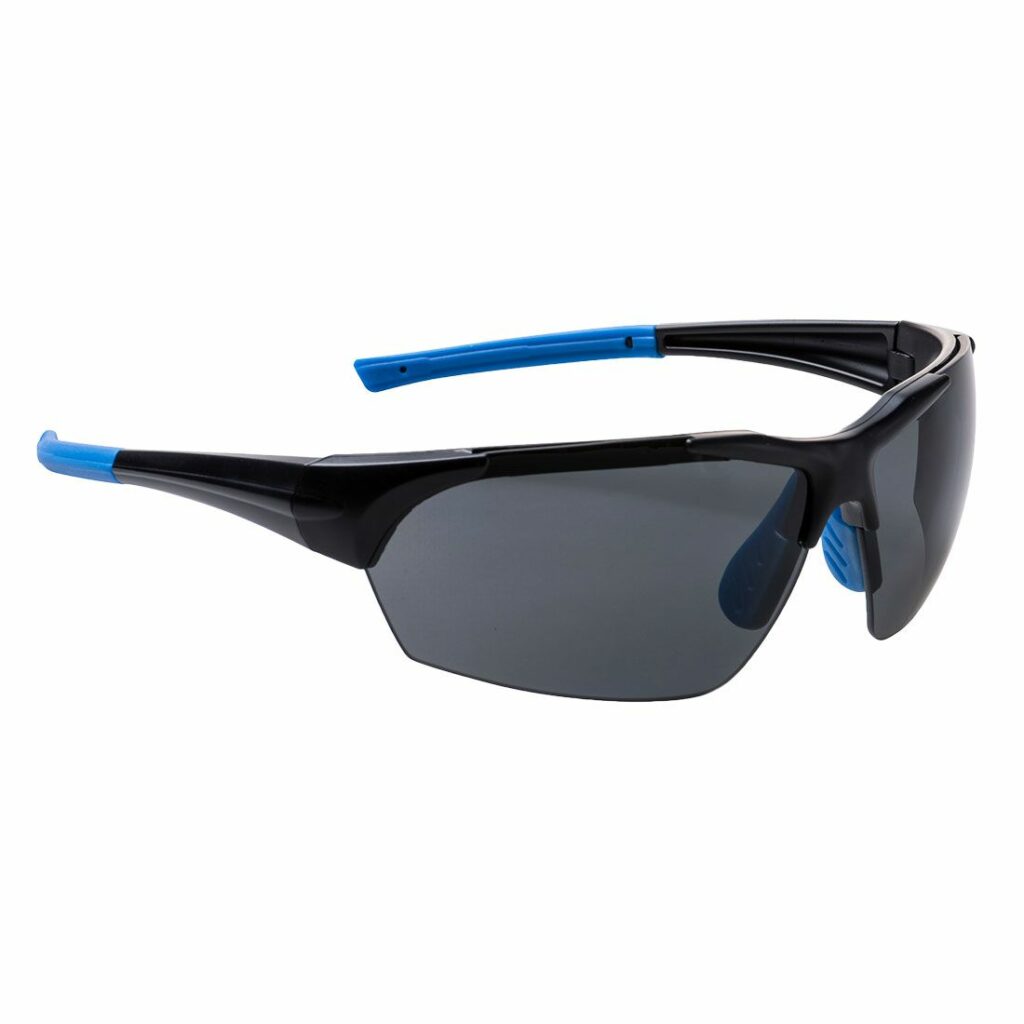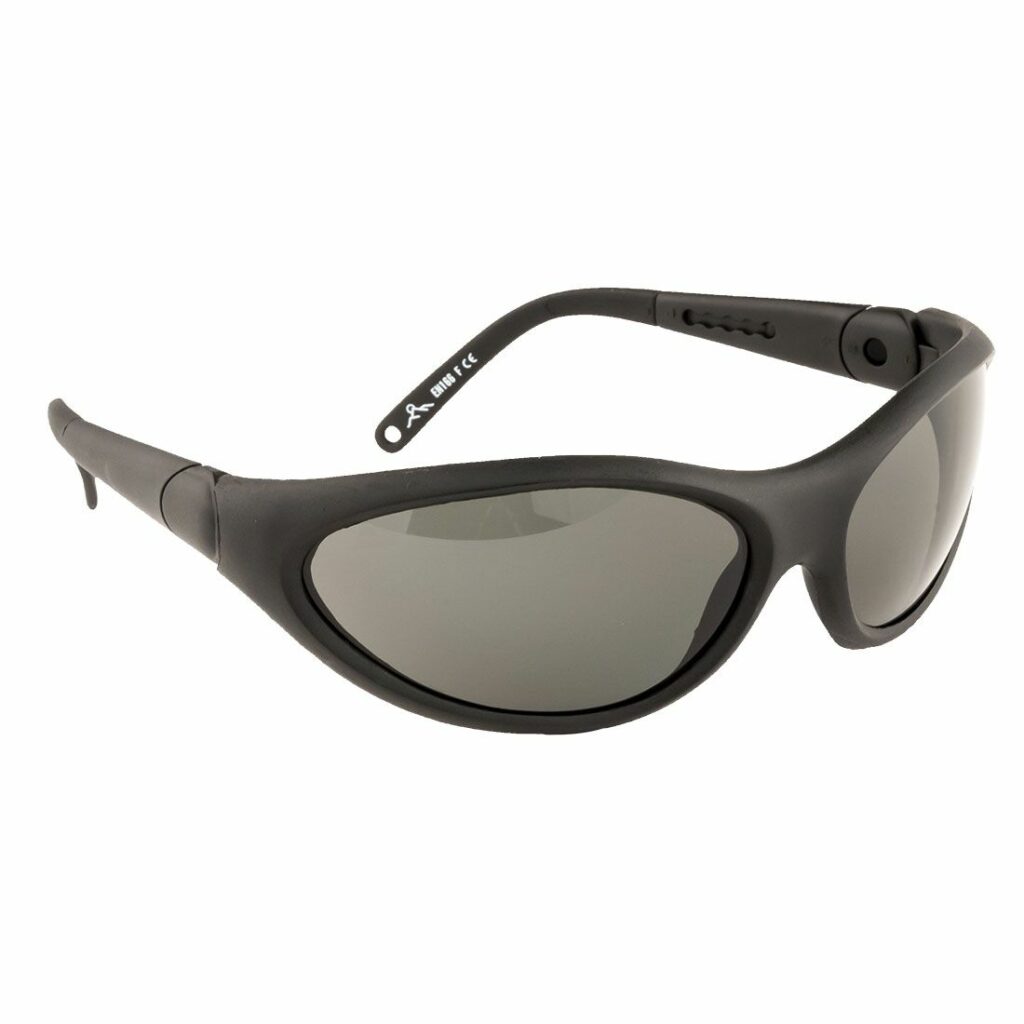How to Keep Your Staff Safe When Working in the Sun
High temperatures and blistering sunshine can pose a great danger for your employees working in the sun. You might think that in the UK, high temperatures are so rare that it's not worth worrying about. You'd be wrong. Skin can burn in minutes under strong sunshine, which can seem to come out of nowhere.
It is important that you understand the following risks and how you can keep your team as safe as possible when working outdoors and under the sun:
- Page Contents
- Change the Work Schedule
- Take Regular Breaks
- Be Aware of the Environment
- Provide PPE and Training
- Know the Dangers of Working in the Heat
Change the Work Schedule
Try to work your outdoor shifts when the UV rays are not at their strongest. The sun is strongest between 11am - 3pm. If possible, work indoors during this time. Or, you can start work first thing in the morning so the day’s shift can be completed before these times.
This way, you are keeping your employees out of the sun and protecting them from harsh UV rays.

The UV index is a great tool that shift managers can use when scheduling their workers’ rotas. The index provides a forecast for the UV levels in your area - from low to extreme. Try to schedule shifts when danger of exposure is at its lowest. Also, your employees can use it to determine which precautions to take when getting ready for work.
Take Regular Breaks
Schedule regular breaks throughout the day. Working outdoors in the sun can drain worker's overall energy, making them more susceptible to mistakes and accidents. Make sure you allow enough time for your team to get some shaded rest time and re-hydrate.
And make hydration part of the risk assessment by asking if the workers have enough water and advising where they can get more. If there is no immediately obvious water source, provide one, maybe provide company branded refillable water bottles.
This will also help boost their morale and overall productivity, making sure that your entire workforce is working as efficiently as possible. Adding in some iced refreshments courtesy of the bosses never hurts morale either.
Be Aware of the Environment
Reflective materials can intensify your workers’ exposure. These are glass, water, concrete, and sand. They all reflect the heat and UV rays even under shaded areas.
When your employees work around these reflective material, you need to consider the effect it will have on you and your team’s health.
Keep the drinking water, sun cream, and rest breaks always close by.
Provide proper workwear, PPE and training
Personal protective equipment is vital for protecting your employees when working in the sun. Outdoor workers are usually partial to topping up that tan as soon as the sun breaks through the clouds but, it is not safe for them to do so.
Outdoor workers should be kitted out in lightweight long sleeved tops such as a long sleeved t-shirt and long trousers to minimise their skin exposure. A pair of cargo work shorts are tempting, but unless your workforce tops up their sun cream regularly, this can put them at risk.
To further protect your staff, if a hard hat is required on site, a full brim hard hat would not be the first thing to mind, but would offer day-long shade for the neck. If no hard hat is required, perhaps opt for legionnaire's cap with fabric to cover the neck.
As well as providing workwear and headwear, ensure your employees understand it is important they wear and use it. You can provide additional information on how they can protect themselves.
Sun cream is a great start. You do not legally need to provide your workers with sun cream, however, advise them to wear a minimum SPF factor of 15. It will need regular application. Every two hours is a good interval, as it will wash off with the sweat of carrying out their physical duties.
Know the Dangers of Working in the Heat
Working in the sun is better than working outdoors in the rain. But with that comes different risks. The sun can be detrimental to your health if you are not protected.
When the weather is nice, it is usually outdoor workers who like to be the first to take advantage of it. It is not unusual to see a builder without a top on. However, too much exposure to the sun could lead to skin cancer. Most cases of skin cancer result from UV radiation.
This direct exposure to UV radiation poses a great threat to your worker’s health. Not only can it lead to skin cancer, it can also cause various eye problems.
The two most common types of eye problems caused by chronic UV exposure are:
- Macular degeneration - this is a medical condition that may cause blurred or no vision.
- Pterygium - this is a cancerous growth that can obstruct vision.
As such, it may be a good idea to provide a PPE safety spectacle with a UV protection or polarised lens to reduce eye strain such as those shown below.
Conclusion
Working in the sun can prove detrimental to your employees’ health, especially if they do not have the correct personal protective equipment.
Your employees’ health and safety should be your main priority at work. It is important that you understand the dangers of working in the sun and can train your staff on how they can avoid these.








